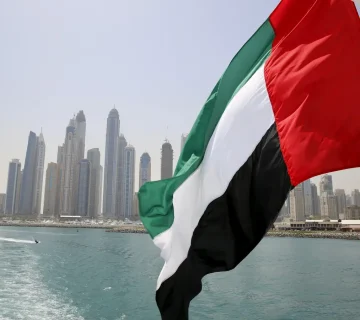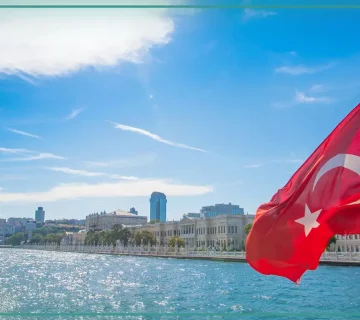A free-trade zone (FTZ) is a subgroup of special economic zone, which can be either a port or a non-port area. In this region, there are special customs regulations with many advantages for trade. According to World Bank, definition free trade zones are “small, fenced-in, duty-free areas, offering warehousing, storage, and distribution facilities for trade, transshipment, and re-export operations.” Though this a traditional definition and nowadays there are more and more free zones ocus on service industries, almost all trade zones in Iran are doing the regular activities.
The idea of free trade zones in Iran backs into the 1960s when the government asked United Nations Conference on Trade and Development (UNCTAD) to investigate the possibility of establishing free ports in Iran. Although Bandar Abbas has been chosen to be the first free trade zone according to these studies, Kish Island officially introduced as the first free trade zone of Iran in 1972 and began to work since 1977.
After the Islamic revolution in 1979 and based on the first development plan, the government became responsible for establishing free zones at the three border points of Kish, Gheshm, and Chabahar. However, it took about four years for these regions to have an official law for managing and operation. Four other free zones, including Aras, Anzali port, Maku, and Arvand, have been added to these three former active zones since early in the 2000s to both ease the transaction of imported commodities to the interior parts of the country and improve the economy of people in those four regions. Seven more are under construction now, as a result of sanctions removal and feeling the need for developing the required infrastructures for the growing trade trend.

Map 1 Locating current active (in green marks) and under construction (in red marks) free zones in Iran
The following are some advantages of investment and company registration in this kind of regions:
- Full Tax exemption for 15-20 years with the ability for renewal.
- The possibility of taking apart in tenders and biddings of each area.
- Free Arrivals and departures of foreign shareholders of the companies with no need for visa
- 100% foreign ownership of foreign currency, profit, capital, commodity, and property (in case the company has been registered in the region)
- No limitation for transferring foreign currency to other free zones in Iran or abroad
- Exemption from custom and road pricing payments for importing raw materials and industrial machinery needed in production units
- Offering variety of banking services and accessibility to international banking
- Straightforward procedure for re-exporting and transacting goods and commodities
- Accessibility to young and specialized workforce
- Vicinity to neighborhood countries and ability to penetrating into their markets
- Possibility of getting the branch of foreign or domestic companies and brands
You can ask us to send you the full list of advantageous and facilities offered in these regions by clicking here
| # | Name | Location/Province | Main field | Target Market |
|---|---|---|---|---|
| 1 | Chabahar | Sistan & Baluchestan | Re-export | Oman, Pakistan, Indian Ocean countries |
| 2 | Anzali | Gilan | Garment Industry | Russia & Caspian Sea countries |
| 3 | Aras | East Azerbaijan | Cellulosic Industries | Caucasian countries |
| 4 | Arvand | Khuzestan | Refinery Industries | Iraq & Kuwait |
| 5 | Maku | West Azarbaijan | Goods and Commodities transaction | Turkey |
| 6 | Gheshm | Hormozgan | Bio Technologies | Persian Gulf countries |
| 7 | Kish | Hormozgan | Offshore drilling technology | Persian Gulf countries |
| 8 | Mehran | Ilam | – | Central Iraq |
| 9 | Sistan | Sistan & baluchestan | – | Afghanistan |
| 10 | Jask | Hormozgan | – | Oman and Indian Ocean countries |
| 11 | Boushehr | Bushehr | – | Qatar and Persian Gulf countries |
| 12 | Inche Borun | Golestan | – | Turkmenistan and Kazakhstan |
| 13 | Baneh – Marivan | Kurdistan | – | Iraqi Kurdistan Region |
| 14 | Ardabil | Ardabil | – | Azerbaijan |
Table 1 Free trade zones in Iran by their main field and target markets
Reviewing the financial records of companies in these regions reveal the fact that the economy of these zones has been elevated so that the export value has been increased by 34% since 2016.

Source: Supreme Council of Free Trade and Special Economic Zones
However, and regardless of the boosted economy and all the developments that have been taken place in these regions, these places suffer from some critical leakages.
If you have made your mind to start your business in Iran, we can help you through our other services including:
- Entry Strategy
- Company Registration
- Office Setup
- Recruitment
- Work Permit & Residence Advisory
- Legal
- Tax
- SSO Advisory
Contact us now for more information.



